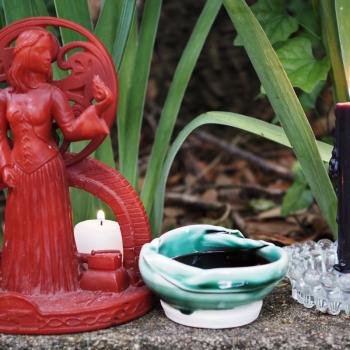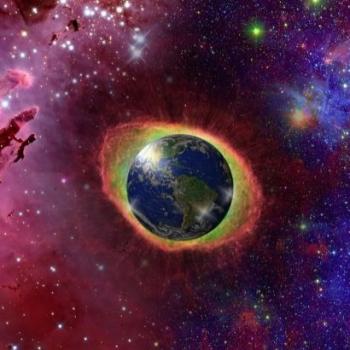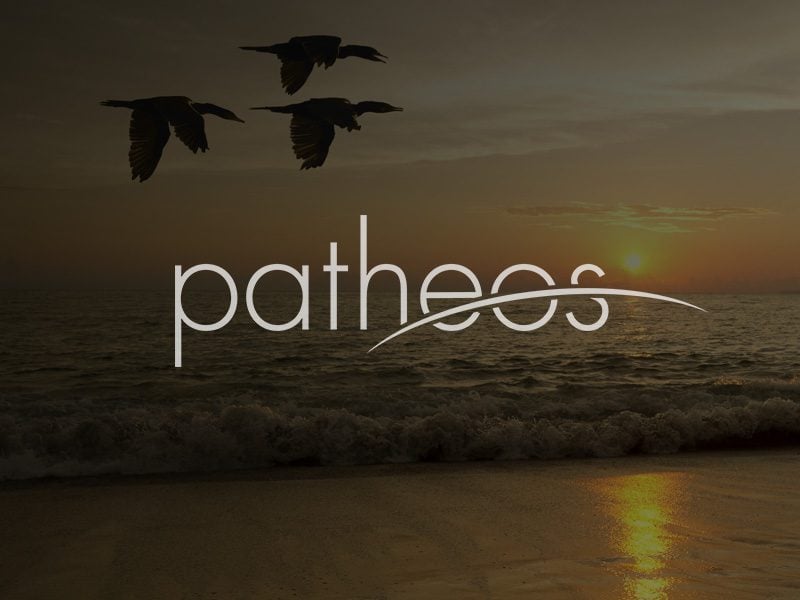I had completed much more writing linked to my Goddess Murder project, and it was not obvious what to do with it. I experimented with doing a sequel or a prequel or . . . but the protagonist/narrator needed to rewrite his earlier effort in order to deal with new information he became privy to after the end of the events he described. So this revision is significantly longer and includes some very new materials, especially The Acts of Mary, which continues her history from Jesus’ death down to her own death in Provence early in the second century.
So what? Isn’t this all just a fantasy, like Tolkien or Lewis or Carroll? I hope not. Every detail in my genuinely imaginative reconstruction is based on some detail of the documentary or historical evidence that the conventionally pious will understandably ignore and deny to the full limits of their strength. My colleagues, the ones I’ve had the pleasure of talking shop with over the decades, are quite aware of the importance of all such facts, but they are burdened by their scholarship and sometimes a need to remain politically correct in order not to get fired. Their explanations of the significance of the facts are buried within so many footnotes and qualifications, and are so heavily nuanced (a Catholic code word for weasel-wording one’s arguments in a way that will not “disturb the faith of the little ones”), that a nonspecialist is extremely unlikely to grasp what is actually being said. The advantage of the novel as a communication medium is that it can cut through all that dead weight and make meanings unmistakable.
But why write a novel at all? I contemplate the thousands of novels and millions of copies unleashed by the Print-On-Demand technology, and I suppose that all but a miniscule fraction of them will be good for nothing but landfill in about a year, every year. Why should I add to that? If I thought of the novel as merely a form of entertainment, as merely a way to try to make some money to feed my kids, I would not want to write one. But this novel has had a life and a mind of its own. It has grown, has insisted on growing, for more than forty years. Sometimes it seems that I have a moral obligation to share what I’ve learned from this work—and sometimes I feel that I’m kidding myself.
The epistemological significance of the novel is that it provides a simulation model for understanding religion as subjective reality. (What?) Look, a rationalist equates “objective” with “true” and “subjective” with “false.” There is, he thinks, obviously no “objective reality” associated with religion, and therefore it must all be false. But, to use my favorite mantra, it ain’t that simple. Such a rationalist is implicitly assuming that we live in a Newtonian universe, in which we are privileged to observe reality from the outside without affecting it in any way. But the Schroedinger’s Cat paradox alone shows that we are woven into the fabric of reality, changing it just as much as it changes us. The distinction between “objective” and “subjective” blurs into a spectrum, and the unexamined assumptions of “Atheistic Materialism” (such as that A.M. is synonymous with science) prove inadequate for explaining either objective facts or human experience.
The point of simulation modeling is that it provides a way to explore “What If?” scenarios, in order to find out if one of them explains the known facts better than the conventional model. My Goddess Murder is perhaps overloaded with What Ifs:
What if Mary (of Bethany, nicknamed “Migdal”) were Jesus’ wife and true successor?
What if she fled to Alexandria for safety and founded a community based on his actual teachings?
What if she had to flee again, to Gaul, and continued her community there?
What if the documents embodying her teachings were preserved by that community for centuries, down into the High Middles Ages?
What if those documents were the basis for the teachings of the “Witch” remembered as Aradia?
What if the family of Aradia, as an “hereditary Witch” family, preserved those teachings and expanded those writings down into modern times?
What if these fundamentally “heretical” documents should suddenly appear now?
What if such Hereditary Witches were therefore the genuine Christians who have preserved his original teachings?
I did not start by assuming such a possibility was even possible. Rather, I arrived at it only after spending a great deal of time analyzing and meditating on the documentary evidence. Is it so improbable? Not as improbable as the conventional belief that the High Christology of Nicaea and later councils has any resemblance to what a visionary Galilean Rabbi might have taught. Not as improbable as the paradoxes revealed by quantum mechanics appear to be. But since the latter are as certain as scientific method allows, perhaps we can suppose that modern science is only now beginning to catch up with what he—like other mystics—apparently knew about how our minds actually work. Oh, we still need to do some catching up with Blake and Kant as well—but they’re in the novel also.
Best of all, perhaps, is my portrait of what a fully empowered Hereditary Witch Queen might actually be like and be able to do. Ultimately, this novel is a love story.
It will probably take me a day or two to get this new incarnation launched on CreateSpace. Keep an eye out for it. The new title will be Goddess Murder II.















